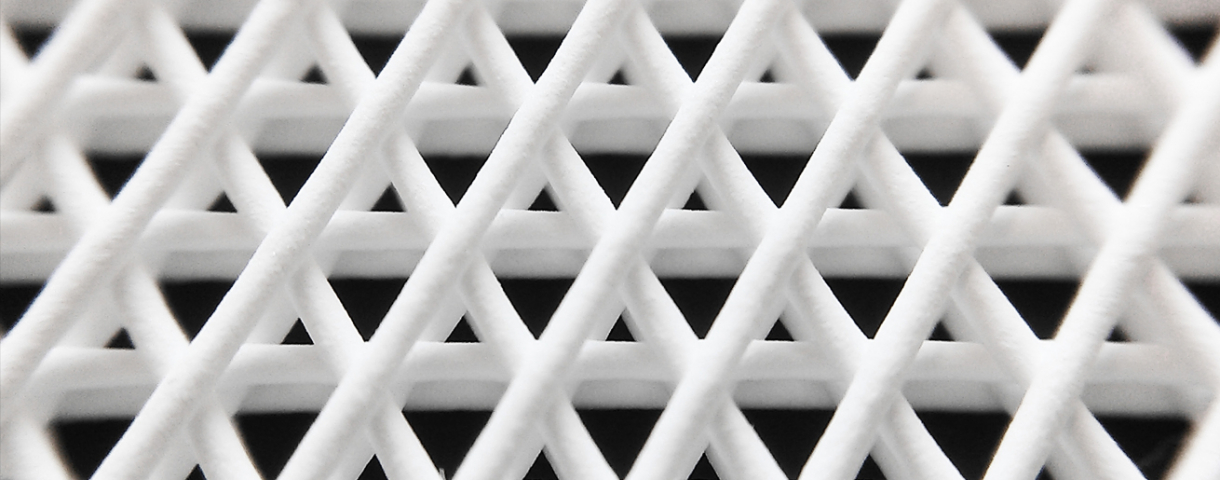Bone grafting is a surgical procedure that replaces missing bone in order to repair bone fractures that are extremely complex, pose a significant health risk to the patient, or fail to heal properly. There are many challenges associated with current bone graft procedures, which are carried out by taking from either your own body or from a donor. The main one being bone deficiency: a lack of “a scaffold” for the new bone to grow on.
The Hyperelastic Bone (HB), a new synthetic material, could be the next breakthrough in reconstructive surgery, new research shows. The HB is designed to be implanted under the skin as a scaffold for new bone to grow on, or used to replace lost bone matter altogether. The Hyperelastic Bone is mostly made from a naturally occurring mineral called hydroxyapatite. Hydroxyapatite — a form of calcium found in bone and already used in reconstructive surgeries — is extremely brittle, but the researchers mixed it with a polymer to add flexibility. They then 3D printed bone graft from this new, promising material and tested it in various experiments.
It's fast production time, ease of use and possible abundance in availability make the Hyperelastic Bone superior to other bone repair materials. Though it hasn’t been tested in humans yet, early experiments on animals appear to have been successful, with quite astounding results. Furthermore, as it is synthetic, it is free from risk of infection transfer.




